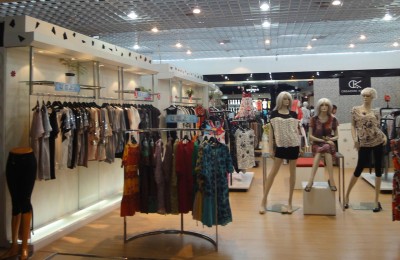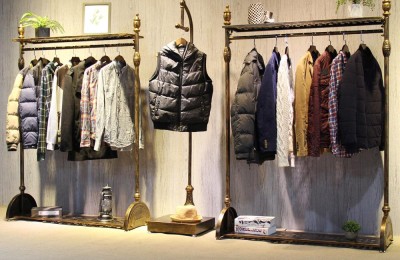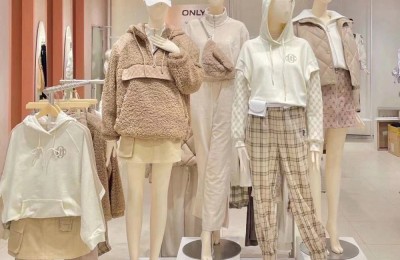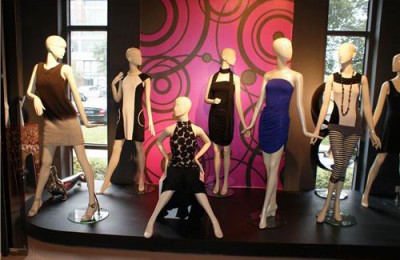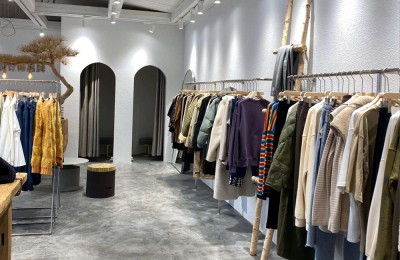In recent days, due to the sharp increase in raw materials, the textile market, which has been silent for some time, is in a state of excitement. It has been a long time coming! The upstream raw materials have risen sharply, which to a certain extent will boost the downstream weaving market. So what is the situation of the downstream weaving market? This is also the issue that textile people are most concerned about at present. Let’s analyze the current situation of weaving from the perspective of the printing and dyeing market.
The printing and dyeing market in June was not satisfactory, with fewer dyeing orders and the phenomenon of “not having enough to eat”. Since the price of raw materials has been soaring since the end of June, downstream fabric orders have gradually increased, and the dyeing orders of printing and dyeing factories have also begun to increase in early July. However, despite the increase in quantity, it is still not busy, and the operating rate of dye vats has only increased from 70% to 80%. From the perspective of delivery time, the overall delivery time in June is 5-7 days, and the current delivery time in July has been extended to about 7-10 days.
The printing and dyeing factory is no longer what it used to be, and dyeing orders are vacant. What are the reasons behind this?
01 Market orders faded out and orders dominated
In previous years, printing and dyeing factories were so busy that they lined up to ship goods, which was all caused by the influx of a large number of market orders. Nowadays, the number of market orders is decreasing, so it is the main factor causing idle printing and dyeing factories. Most of the market orders are based on conventional low-end fabrics, so the market orders also ushered in large-scale sales in 2017 when the market for conventional water-jet products broke out. Nowadays, the gray fabric of conventional water-jet products is stable, the inventory is large, and the profits are reduced. Therefore, there are fewer buyers making market orders, and there are fewer orders to stock up.
The overall market this year is tepid, and the market orders that originally drove the market It has also been relatively reduced a lot, which has a great impact on printing and dyeing factories that rely on volume. A printing and dyeing factory in Shengze mainly sells orders from the market. In previous years, the volume was particularly large, but this year the order volume has decreased by 50%. The salesman of the factory said: “In the first half of this year, the overall order quantity was not large, and the dye vat was about 70% open. In previous years, the main dyeing varieties were T400 and imitation memory. This year, the quantity of imitation memory has been reduced by 50%, and the quantity of T400 is about the same. Big.”
02 Dyeing order transfer, fierce competition
The main factor is the low number of orders in the overall market, but a small part is affected by the scattered order transfer. The editor learned that some fabric manufacturers are currently transferring their dyeing orders from Shengze to dyeing areas around Shengze, such as Shaoxing, Keqiao, Anhui and other places. Summer itself is also the off-season for printing and dyeing factories, so under such a weak market situation, the transfer of dyeing orders is just to make matters worse.

Mr. Jiang, the person in charge of a trading company in Shengze, said: “I have many orders that are no longer dyed in Shengze. The prices are high and many orders cannot be completed. I can only go to dyeing factories with cheaper dyeing fees. Although dyeing The cost is cheap, but the quality is no worse than the dyeing factory in Shengze, and dyeing in a small dyeing factory is also convenient, there are not so many rules, and the shipment is very fast.” Mr. Jiang also revealed that many cloth bosses in the same industry are transferring dyeing orders go out.
Back to the weaving market that everyone is paying attention to, from the perspective of printing and dyeing factories, we can see that the weaving market also faces these problems.
The demand for conventional water spray varieties is weakening
The terminal clothing market is increasingly leaning towards a small-volume order model, rather than the traditional large-volume market order model. The same problem applies to the weaving market. The demand for single-use water-jet products in the conventional market is also constantly decreasing. Therefore, the existing inventory of single-use weaving manufacturers in the market is increasing and the pressure is high. Whether we can usher in the peak season in the second half of the year also depends on the situation of inventory removal.
The supply in the weaving market is increasing
Since 2017, affected by environmental protection policies, many weaving companies in Jiangsu and Zhejiang have moved to the central and western regions, spraying water The number of newly added looms far exceeds the number of eliminated ones, and the overall trend is on the rise. Affected by the sluggish market in the early stage, market inventory was at a high level, which suppressed manufacturers’ production enthusiasm, and some manufacturers reduced their startup. Recently, boosted by the rise in raw materials, the original plan of “summer vacation” has been postponed, and the market supply has increased again.
Based on the above two points, although the easing of the trade war and the surge in raw materials have boosted the downstream weaving industry, in the long term, the weaving market still faces severe tests. Whether this wave of gains can be continued in July depends on the terminal demand for fabrics.
</p



